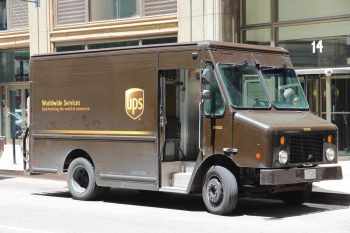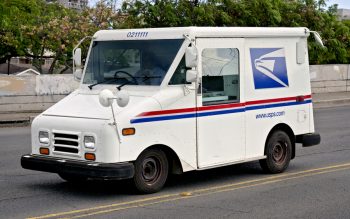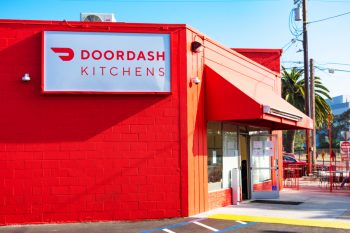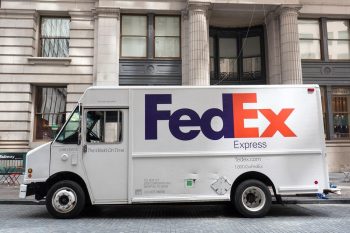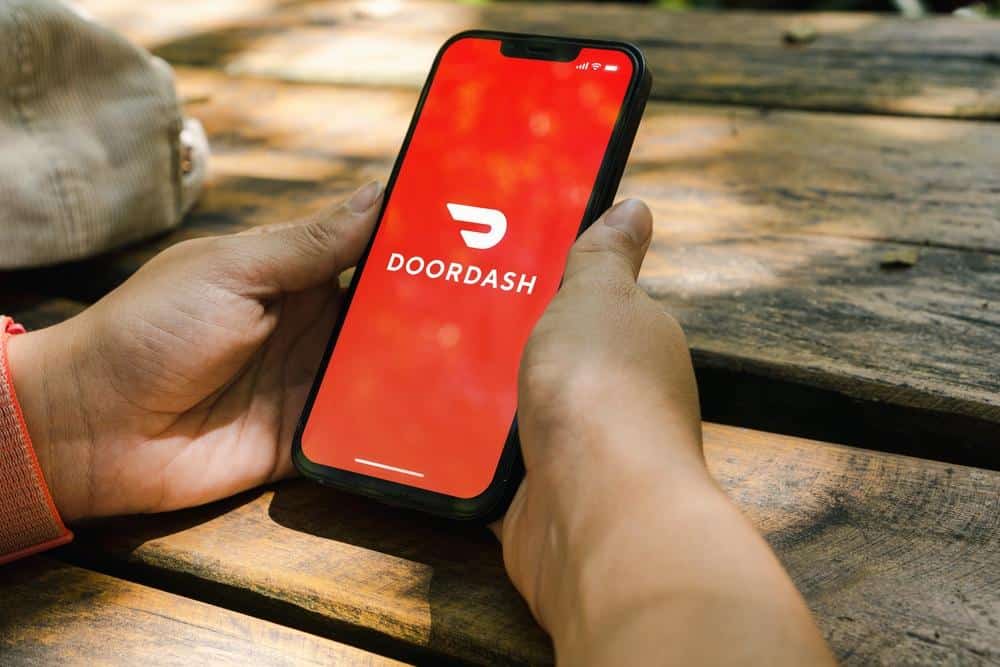
As a DoorDash driver, it’s essential to understand that you are considered an independent contractor, which means you are responsible for paying your own taxes. DoorDash does not withhold taxes from your earnings, so you need to make estimated tax payments to the IRS on a quarterly basis. This article will guide you through the process of how to pay your quarterly taxes for DoorDash, providing examples, resources, and tips along the way.
To pay your quarterly taxes as a DoorDash driver, first calculate your estimated tax liability by estimating your annual net income, calculating your self-employment tax, estimating your income tax, and then adding your self-employment tax and income tax together. Divide this total by four to determine your quarterly tax payment. You can make these payments online using the IRS Direct Pay system or the Electronic Federal Tax Payment System (EFTPS), or by mailing a check or money order along with the payment voucher from Form 1040-ES.
Understanding Quarterly Taxes
Quarterly taxes, also known as estimated taxes, are prepayments of income and self-employment taxes that self-employed individuals, like DoorDash drivers, owe to the government. Since DoorDash drivers are considered independent contractors and not employees, DoorDash does not withhold taxes from their earnings. As a result, drivers are responsible for estimating and paying their taxes on a quarterly basis.
Quarterly tax payments are important for DoorDash drivers because they help avoid a large tax bill at the end of the year and potential penalties for underpayment. The estimated tax payments are made four times a year, and the due dates for 2023 are April 18, June 15, September 15, and the final payment for the 2023 tax year is due by the end of January 2024.
Calculating Your Estimated Tax Liability
Here are the steps to calculate your quarterly taxes:
- Estimate your annual net income: Calculate your total earnings from DoorDash and subtract your deductible business expenses, such as mileage, phone bills, and other work-related costs.
- Calculate self-employment tax: Multiply your estimated net income by 92.35% to determine your taxable income for self-employment tax. Then, multiply the result by 15.3% to calculate your self-employment tax.
- Estimate your income tax: Determine your income tax based on your taxable income and tax bracket. You can use the tax tables provided by the IRS or consult a tax professional for assistance.
- Add self-employment tax and income tax: Combine your self-employment tax and income tax to find your total tax liability for the year.
- Divide by four: Divide your total tax liability by four to determine the amount you should pay in quarterly estimated taxes.
Making Your Quarterly Tax Payments
You can pay your estimated taxes online using the IRS Direct Pay system, the Electronic Federal Tax Payment System (EFTPS), or by mailing a check or money order along with the payment voucher from Form 1040-ES.
Tracking Your Earnings and Expenses
To ensure accurate tax calculations, it’s crucial to keep track of your income and expenses throughout the year. There are several tools and apps available, such as Everlance, Stride Tax, and Hurdlr, that can help you track your mileage, income, and expenses.
Claiming Deductions
As a DoorDash driver, you are eligible to claim various business deductions, such as mileage, phone bills, equipment costs, and more. Keep a detailed record of these expenses, as they can significantly reduce your taxable income.
Avoiding Common Mistakes
Some common mistakes DoorDash drivers make when paying their quarterly taxes include not paying quarterly taxes, not tracking business expenses, not understanding the difference between business mileage and commuting mileage, and choosing the wrong method for vehicle expense deductions. By paying your taxes on time, diligently tracking your expenses, and understanding tax regulations, you can avoid these mistakes and potential penalties.
By following these steps, paying your quarterly taxes for DoorDash can be a manageable task. It’s always a good idea to consult with a tax professional for personalized advice and guidance. Remember, staying informed and organized is the key to successfully managing your taxes as a DoorDash driver.
Frequently Asked Questions
What is the self-employment tax rate?
The self-employment tax rate is 15.3%, which consists of 12.4% for social security and 2.9% for Medicare.
How do I know my tax bracket for estimating my income tax?
Your tax bracket depends on your taxable income and filing status. The IRS publishes tax tables each year that define the tax brackets. You can find these tables in the IRS Publication 17.
What is Form 1040-ES and where can I find it?
Form 1040-ES is used to calculate and pay your estimated taxes. You can download it from the IRS website.
Are there penalties for not paying quarterly taxes?
Yes, the IRS may impose penalties for not paying enough tax throughout the year, especially if you end up owing $1,000 or more when you file your return.
What kind of business expenses can I deduct as a DoorDash driver?
As a DoorDash driver, you can deduct a variety of business-related expenses, such as mileage (using the standard IRS mileage rate), phone bills (the portion used for work), equipment costs (like insulated bags or phone mounts), and more.
What’s the difference between business mileage and commuting mileage?
Business mileage includes miles driven for your work, like delivering food for DoorDash. Commuting mileage, which is not deductible, includes miles driven from your home to your regular place of business and back.

